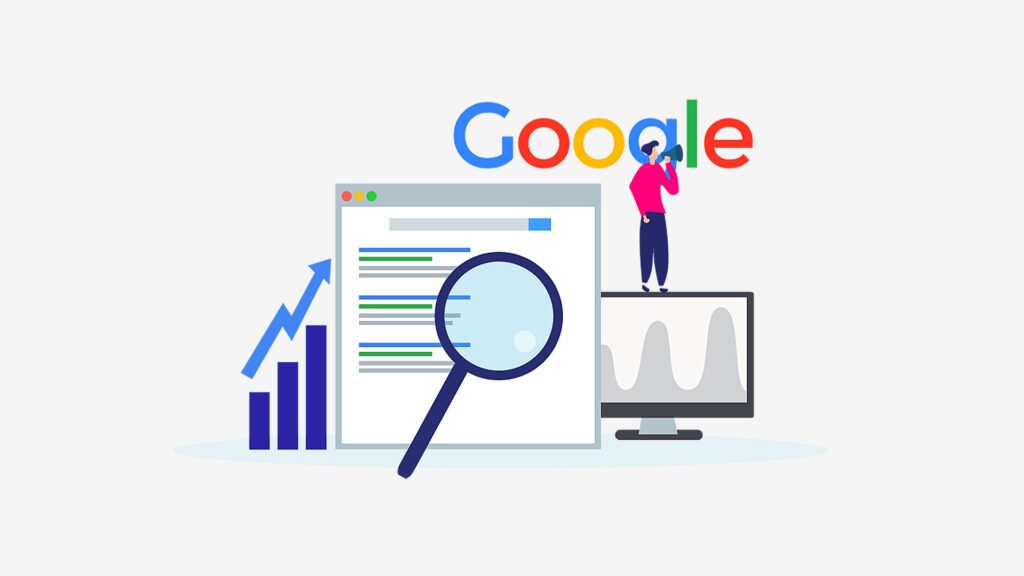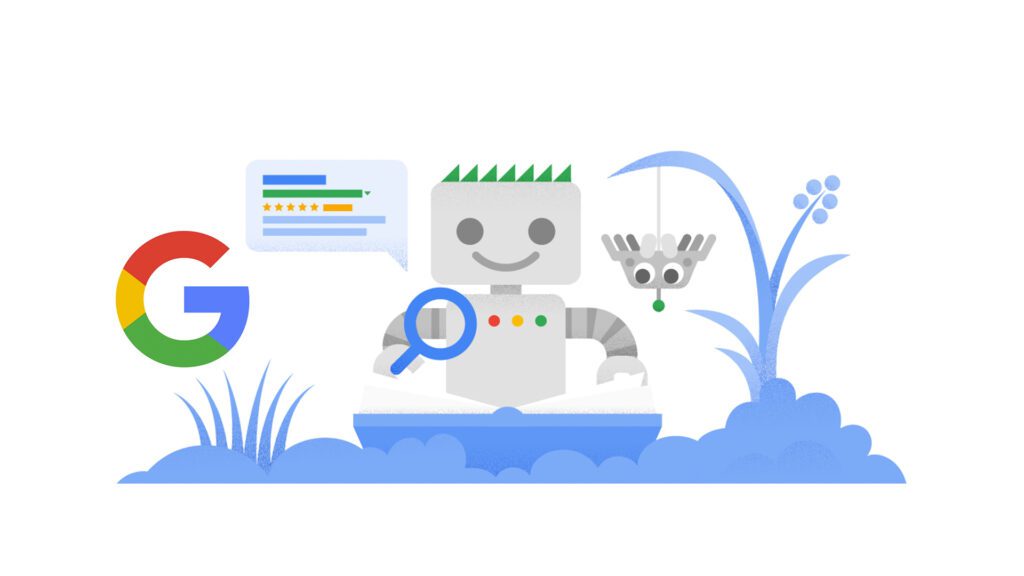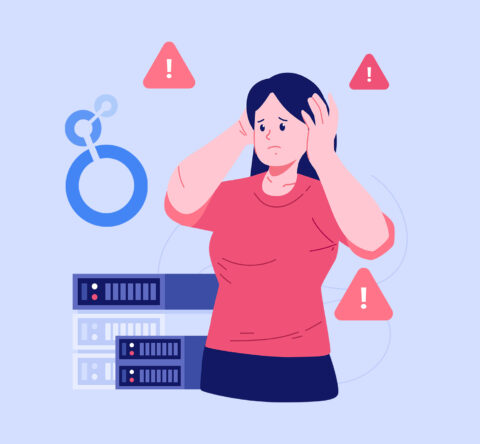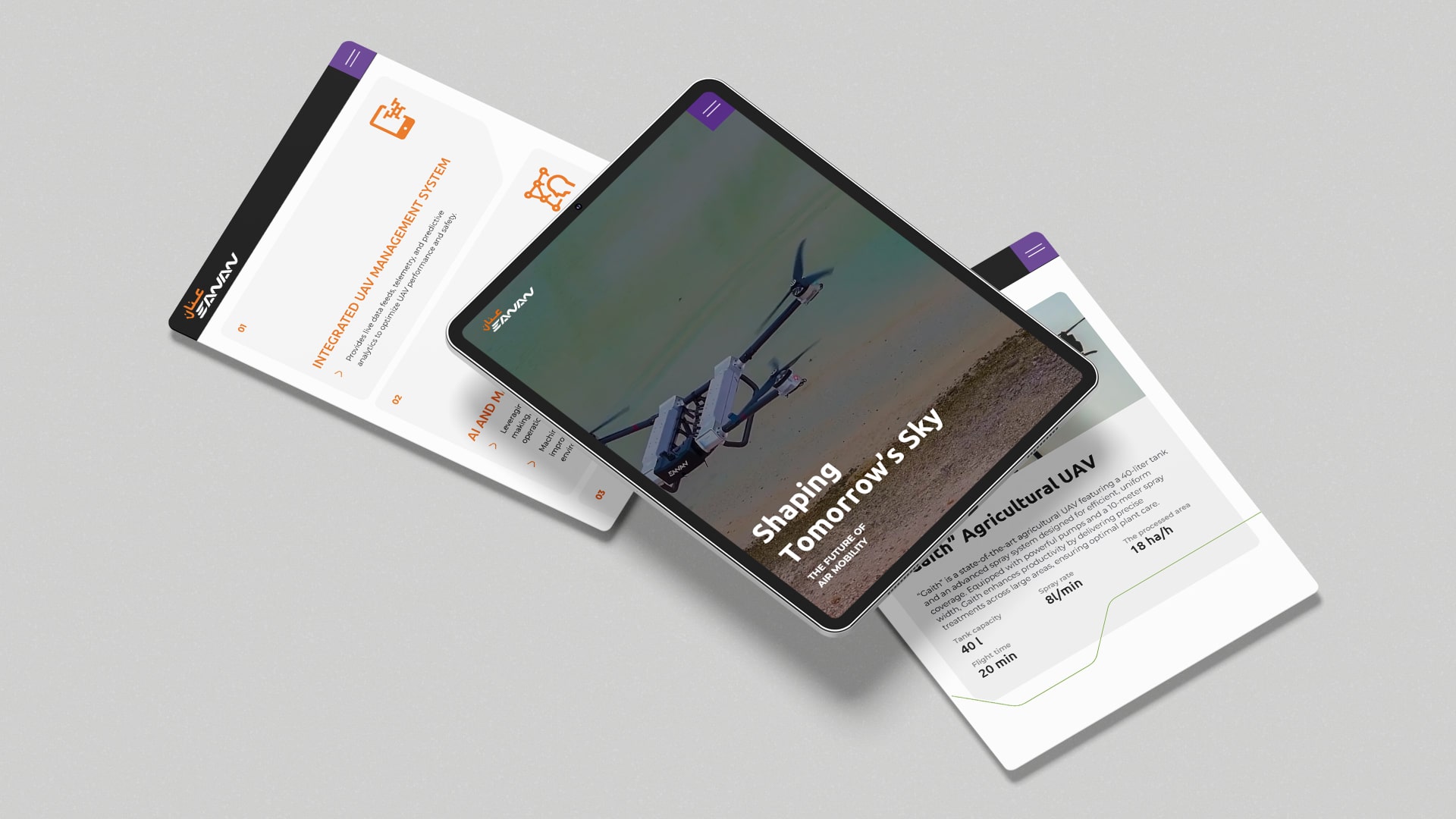The Google Panda algorithm has been renamed “Google Coati algorithm,” as announced by Mr Hyung Jin Kim, Vice President of Google. The Google Panda algorithm is one of Google’s most popular algorithms which are vital in producing structured and quality search results while browsing. When it comes to Google’s Panda algorithm, it is better used for ranking the web pages that produce high-quality content over the web. All algorithms are relevant for improving web page quality, and Google takes the initiative to regularly update them for improved user engagement and introduce high-quality standards.

What is meant by “Google algorithms”?
Google uses a set of principles known as algorithms to rank web pages in search rankings. To determine what users are searching for and to arrange pages as per significance and reliability, Google’s advanced systems collect information across web pages. Countless algorithm modifications have been made by Google throughout time. This include Boston, Caffeine, Cassandra, Dominic, Esmerelda, Fritz, Florida, Austin, Brandy, Allegra, Bourbon, Gilligan, Jagger, Big Daddy, Buffy, Dewey, Panda, and Penguin. The Hummingbird algorithm underwent a significant update in 2013 to provide visitors with far more customized outcomes.
The task is finished for you by Google’s algorithm, which looks for websites that contain the specific keywords you submitted. It then ranks each website based on several parameters, along with how frequently the keywords appeared on the website. The finest links related to your search term should, in theory, be listed just on Google’s search engine results page because top hierarchical pages display more quickly.
All about the Google panda algorithm
Google Panda Algorithm has been renamed as Google Coati Algorithm. So let’s get a better understanding of this algorithm. A significant modification to the way Google filters produce search results was implemented with the Google Panda upgrade. The upgrade, which was made available in late February 2011, was initially labelled “Google Farmer Update” by digital marketers. Advertisers later discovered that Google officially called the algorithm by the title “Panda Update,” thus it was renamed as such.
Meta-heuristics include the Panda algorithm. In other words, it searches a sizable range of data for particular kinds of answers to queries or issues. The Panda algorithms’ attempt to reduce or skip pointless analyses and operations may be considered innovative because it lowers the entire number of steps involved to find the most suitable match for a given intended answer. To classify websites into “High Quality” as well as “Low Quality” websites, Google is required to create a set of ranking factors and/or scores. It appears that a group of websites that were covertly chosen were divided into such a segmented plane using the Performance Rating Assessment.
Every page should provide a reason for the final user according to the Google Panda Algorithm, not merely to promote a specific keyword. To create content of the grade that your market and Google desire, you need to keep in mind a specific user profile and phase of the customer lifecycle. Search for pages regularly. Watch your advertising ratio to ensure that too many adverts don’t slow down the loading speed or negatively affect user engagement. To ensure that the website is operating at its peak efficiency and provide the greatest online experience feasible, employ Google Webmaster features.

Google coati algorithm
Coati is a broad term for an animal with black and white patterns on its body, and the dominant web browser is well-known that uses everyday phrases in its appellation foundation to describe its goods as well as other services. For example, it started using the phrase “delicious desserts” to describe the Android operating system. As a result, Google preferred to designate its ranking factors as “Panda species,” and during its most recent iteration, it selected Coati, an animal similar to Panda. Google hasn’t made a specific reference to the algorithmic framework alteration, despite doing so. Hyung-Jin Kim said that Panda had been “absorbed” by the broader fundamental ranking algorithm in his statement. The Google vice President further highlighted that Coati and Panda are both key components of the ranking system and support several characteristics.
Conclusion
On November 15, during a meeting with Barry Swartz of SERountable at SMX Next 2022, Kim brought up the Google Coati Algorithm. It might be referred to as Panda 2.0, an extension of Panda, or Panda’s succession. Kim claimed that the Panda algorithm, which was formally referred to as the Google Coati algorithm or the Coati Optimization Algorithm (COA) because it imitated the characteristics of the identical animal, improved and was upgraded over time. The objective was to recognize top-notch web pages that provided a unique material that satisfied users’ Google queries. Even though there is nothing particularly novel about this in standards of search engine optimization (SEO), it is fascinating to have found an algorithm that seems to have gone unnoticed during the day.
For more such Blogs, Connect with GTECH.
Related Post
Publications, Insights & News from GTECH







